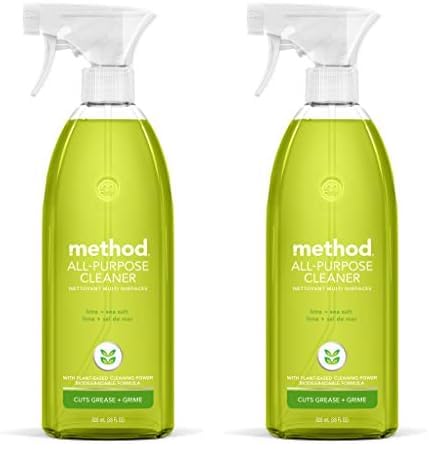I tried the '5x5' cleaning method and was amazed at how well it worked. You have to try it
This method promises a faster way to tidy up, delivering quick results and a visibly cleaner home


Working from home has its perks, but it also means I’m often surrounded by clutter that seems to multiply overnight. That’s why, when I discovered the 5x5 cleaning method – a quick and simple technique that involves tidying five areas for just five minutes each – I was eager to see if it could help bring order to my home.
With a healthy dose of skepticism and my timer in hand, I decided to put this method to the test. I focused on some of the most clutter-prone spots in my home, ready to see just how much I could accomplish in five-minute bursts. To my surprise, this little technique proved to be both effective and motivating, making it easier to tackle those nagging messes without feeling overwhelmed in the process.
Along the way, I picked up a few helpful cleaning tips and gained a fresh perspective on managing clutter. Here’s how the 5x5 method made a difference in my home and why it might be just the solution you need to keep your own space clean and tidy.
The 5x5 cleaning method
The 5x5 cleaning method was coined and popularized by Steph of The_Secret_Slob and is a quick and straightforward technique that involves spending five minutes cleaning or organizing five different areas or zones in your home at a time.
The idea is to set a timer for 25 minutes and focus on one area for just five minutes before moving on to the next. The method prioritizes decluttering and tidying rather than deep cleaning, making it an efficient way to tackle daily messes.
1. My dining room display cabinet
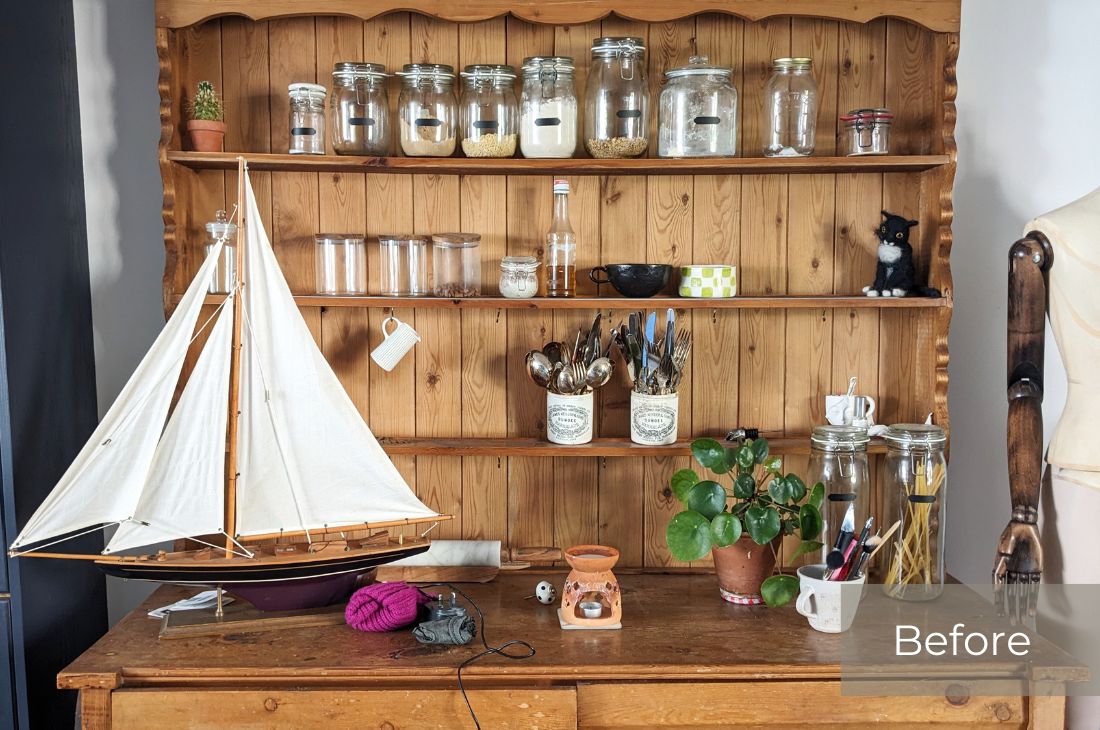
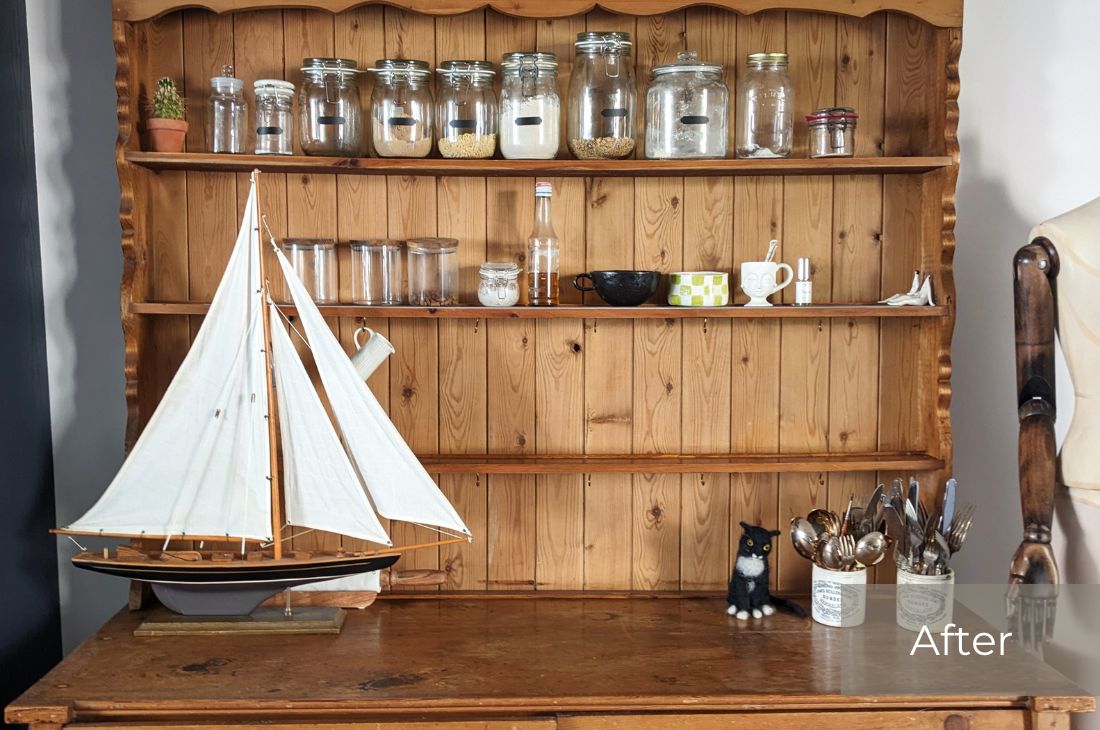
Our dining room dresser which doubles as a storage and display unit had gradually turned into an unofficial drop zone, accumulating everything from mail to random trinkets that didn’t have a proper home. I knew this was the ideal spot to put the 5x5 cleaning method to the test, so I set my timer for five minutes and got started.
I began by clearing off the surface, which had become a bit of a catch-all, and gave it a thorough dusting. A quick wipe-down with a damp microfiber cloth, available in bulk packs from Amazon and a spritz of antibacterial spray brought the dresser back to life. I then reorganized a few items to better style my display cabinet and stowed away the rest in drawers, or moved them to the dining table for sorting later.
Design expertise in your inbox – from inspiring decorating ideas and beautiful celebrity homes to practical gardening advice and shopping round-ups.
While it’s challenging to make a drastic difference in just five minutes, I was pleased with what I accomplished when the timer went off.
The Pros: In under five minutes, the dresser went from a cluttered mess to a much more organized spot. For such a prominent piece of furniture, this small change made the entire room feel tidier.
The Cons: One thing I quickly realized is my tendency to shift some of the clutter to another area instead of dealing with it immediately. This highlighted the need to find a permanent home for the three to four items left on the table after the timer beeped, one of the tips for breaking the stages of clutter.
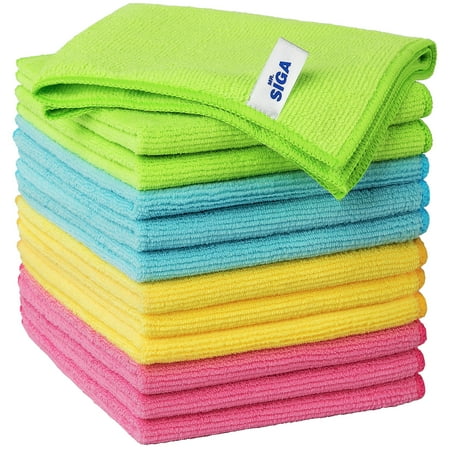
These handy microfiber cloths are great for cleaning surfaces with or without water or chemical cleaners. I use them to dust and wipe worktops, appliances, and mirrors. These ones have reinforced edges helping their longevity when machine washed. Remember to ditch fabric softener when laundering these as it will coat the small fibers and compromise its ability to absorb well.
2. My dresser drawer
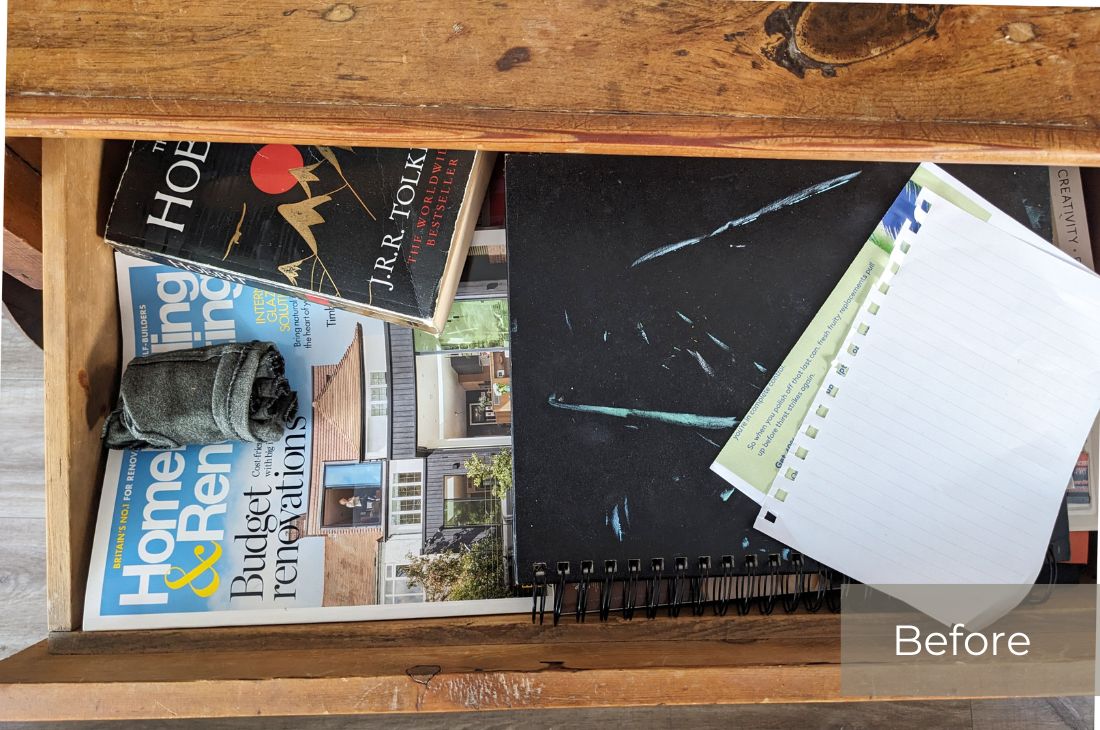

Next, I turned my attention to one of the dresser drawers, a magnet for all those odds and ends without a proper place. This space has undeniably become the dreaded junk drawer of our home. With my timer set, I emptied the drawer, vacuumed out the dust bunnies with my trusted handheld vacuum, and quickly sorted the items into three piles: keep, toss, and find a new home.
The pros: The drawer is now a much more functional space, with everything neatly organized. I even discovered a few forgotten treasures, like a beloved copy of The Hobbit and some dust masks for my DIY projects. Clearing out expired or broken items felt like a small victory, too.
Cons: I realized I’m a bit of a hoarder holding on to small items because I hate discarding perfectly usable products or sentimental keepsakes. This made it difficult to part with some things, and I ended up with a small container of odds and ends that still didn’t have a proper home. Despite my best efforts, it looks like I’ll need to set aside more time to find them a place later on. I'm going to dive into the 'didn't know' decluttering method, which is simple: if you didn't know, or forgot you had an item, get rid of it.
Tip: H&G tested multiple handheld vacuums and the BLACK+DECKER Dustbuster PIVOT VAC Cordless Handheld Vacuum available on Amazon came out best overall.
3. My bedroom Dresser
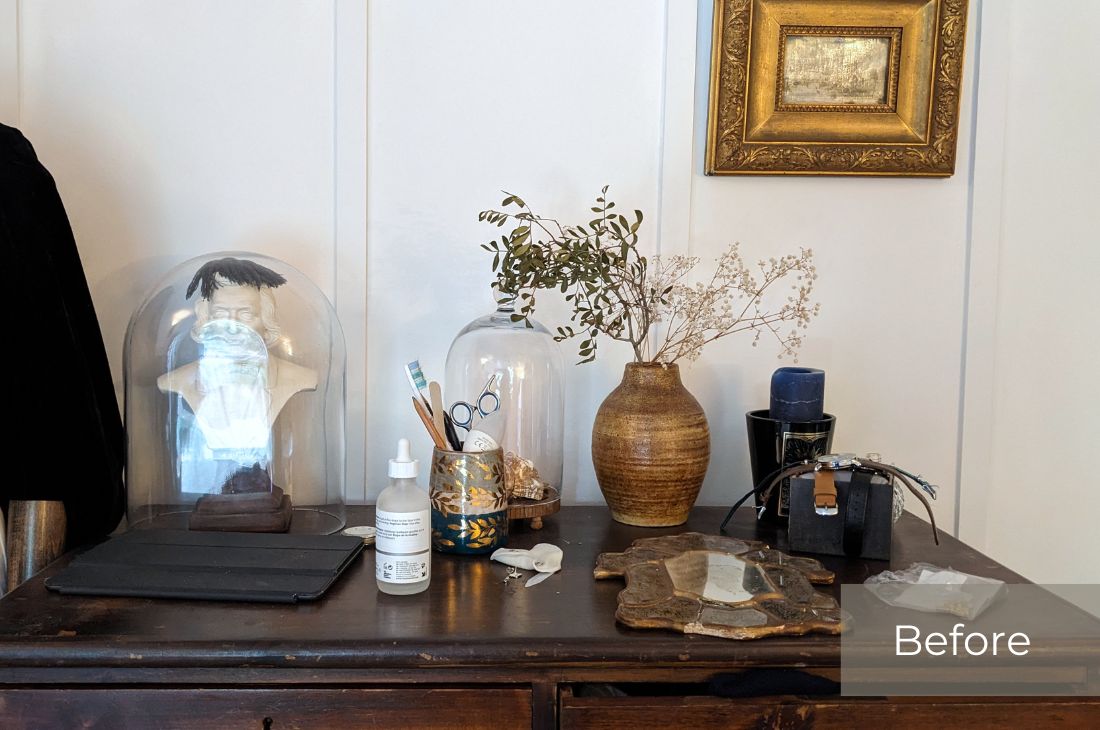
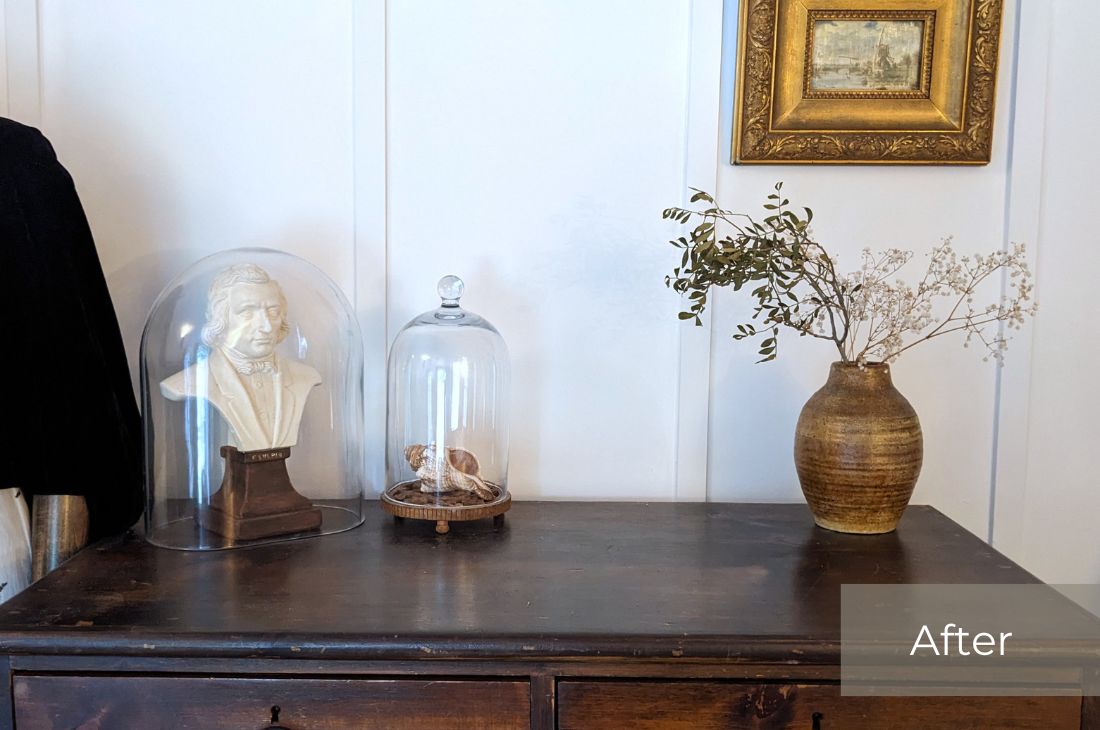
The bedroom dresser is another spot in my home that tends to collect clutter, but this time, the task was surprisingly easy. I quickly sorted through the items, putting everything in its rightful place. Since this dresser was already fairly organized, the five-minute window was more than enough to restore order.
The Pros: This was a satisfying win for the 5x5 cleaning method. The dresser now looks neat and orderly, and I stayed focused because the clutter wasn’t overwhelming.
The Cons: None. This method works beautifully in spaces where everything already has a designated spot and simply needs putting away.
4. My husband's bedside table
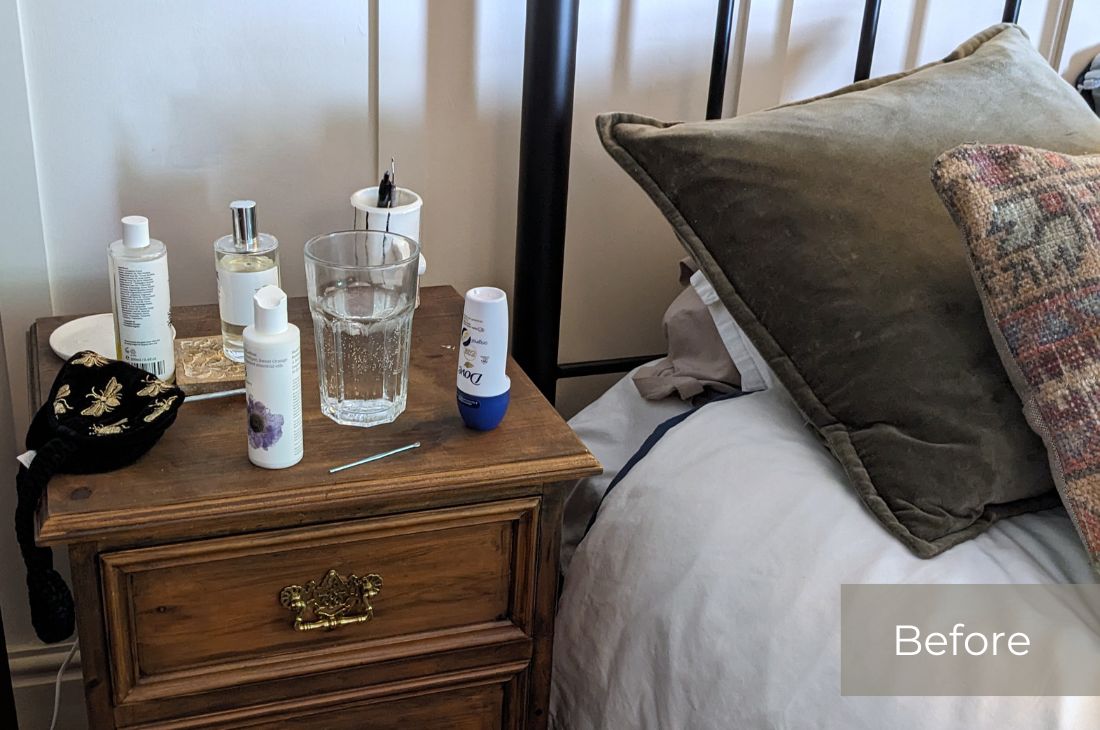

Next, I decided to declutter a bedside table. For this task, I chose my husband’s side of the bed (mine, of course, is always tidy!). He has a habit of leaving things scattered across the surface, so I took on the challenge.
Within the five-minute window, I was able to put everything away and even had time to dust and make his side of the bed.
The Pros: This task was easy and satisfying, showing just how effective the 5x5 method can be for quick cleanups in small spaces. If I commit 5 minutes each day to tidying these sorts of messes, I can see how this method could quickly lead to a much neater home overall.
Cons: None to speak of – this was another successful task.
5. My kitchen shelves
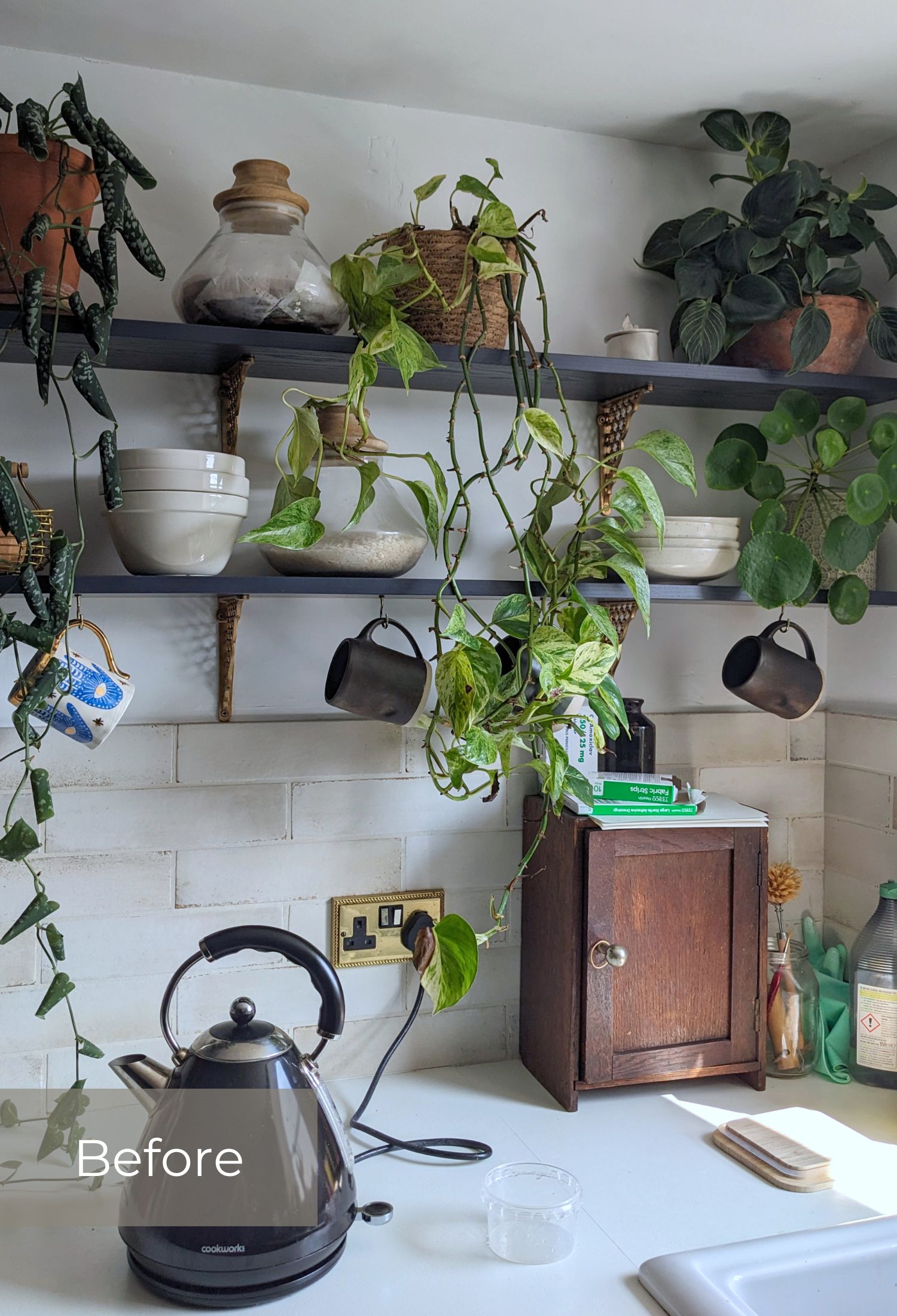
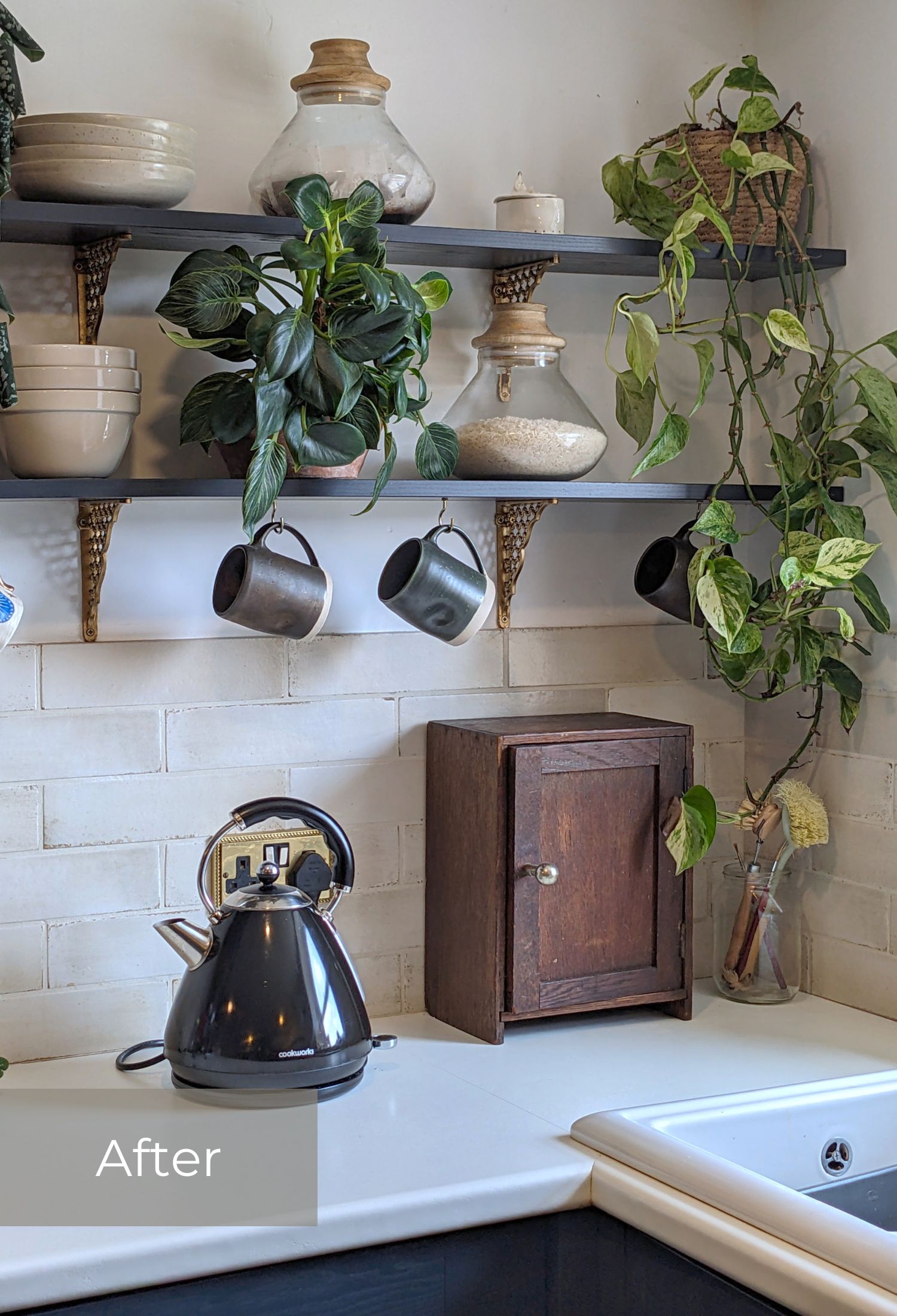
Finally, I turned my attention to the kitchen shelves, which had become crowded with houseplants and various kitchen essentials. To make this final task a bit more fun, I challenged my husband to see how much he could tidy in five minutes. He rose to the occasion, decluttering the kitchen countertop, organizing the medicine cabinet, and even dusting and rearranging the shelves – all within the time limit.
The Pros: The timer brought out my husband’s competitive spirit, proving that the 5x5 method can be a fun and motivating way to get the whole family involved in tidying up.
The Cons: None that I can think of, though I’m not sure how often he’ll fall for this trick.
My verdict
The 5x5 cleaning method has quickly become a favorite in our household. It’s a simple yet effective way to clean without feeling overwhelmed, much like the 20/10 cleaning method.
Although I didn’t follow the method to the letter – pausing and restarting my timer rather than rushing from one room to the next – it still proved incredibly motivating for areas where items already have a designated place.
For spaces that are overflowing, a sign of having too much stuff, you may need to spend a bit more time than the five-minute window allows. I found that my urge to keep going past the timer often kicked in, which actually makes this method a great starting point for more in-depth cleaning sessions.
Whether you’re aiming to keep your home tidy throughout the week or need a quick clean before guests arrive, I’d recommend using the 5x5 cleaning method to kickstart your cleaning routine. Its short bursts of focused tidying can help keep your home feeling more organized all week long.
If the 5x5 cleaning method works for you, you might also find the 'one bag a day' method and the 'dopamine decluttering' method beneficial, or why not try cleaning with your five senses.

Gabriella is a freelance contributor for Homes & Gardens. She is a DIY enthusiast and a lover of all things interior design, often found antiquing or browsing the aisles of her local hardware store. She has a particular passion for historic buildings and is in the process of renovating a Victorian coachhouse in the countryside.
For much of the past decade, Gabriella has worked as a freelance writer, crafting copy for national publications and renowned homeware brands. Most recently, she worked for Homebuilding & Renovating Magazine and is the former Head of Solved at Homes & Gardens, focusing on case studies for the magazine and website, as well as writing features about issues surrounding historic and listed building projects.
